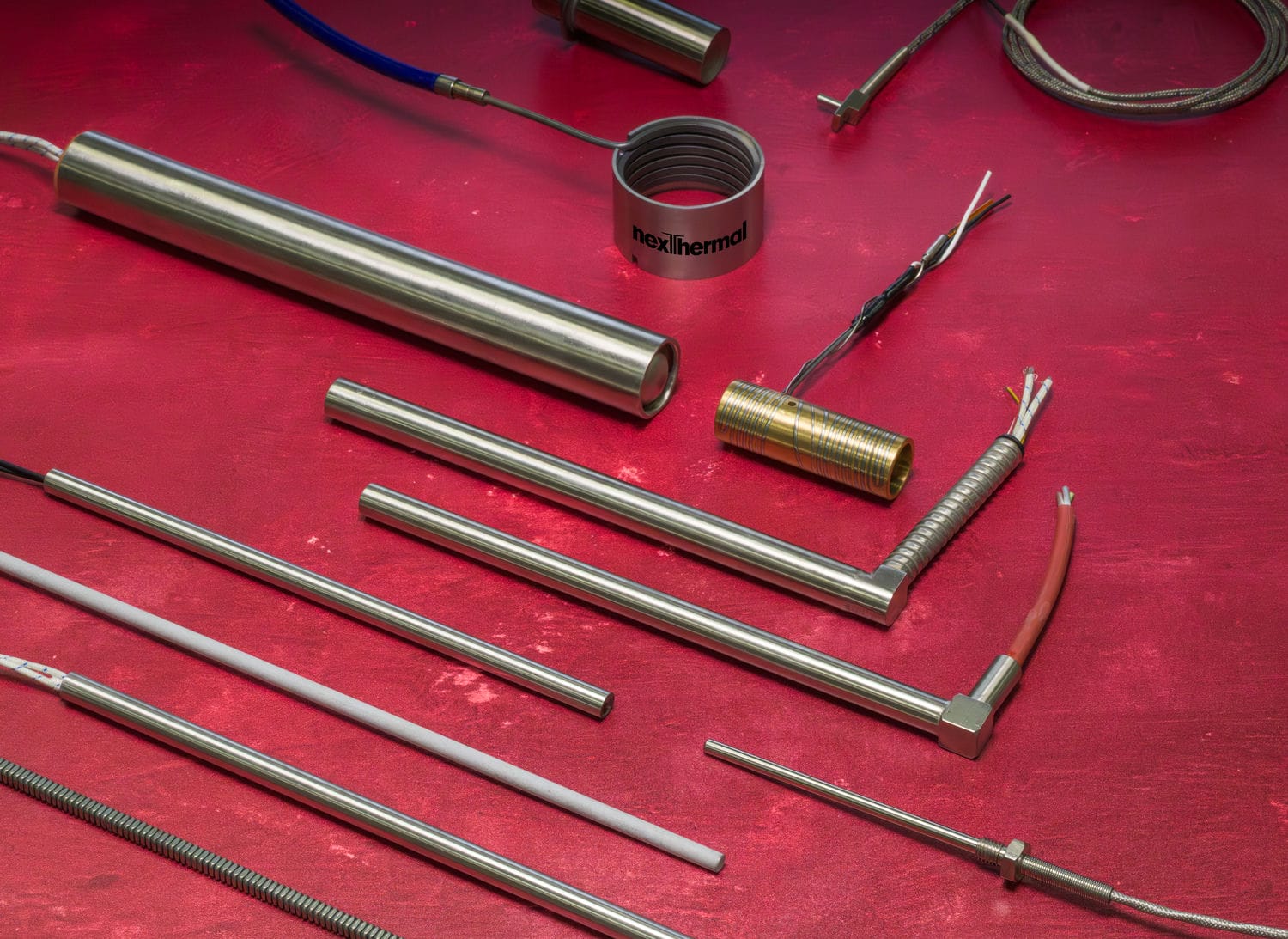Heaters are used for increasing the temperature of various materials and equipment using thermal energy. They are used in several industries that utilize various types of applications. The most common types of heaters are cartridge heaters, electric heaters, ceramic infrared heaters, coil heaters, and induction heaters.
What are Coil Heaters? (Dos)
A coil is a heating element that can be formed in the required shape needed to optimize the heating effect for a specific application. The Coil heaters transfer the electric energy to thermal energy by generating an electric current into the coil.
Coil heaters can either be directly tapped into the groove that needs to be heated by conducting heat through an optimal fit or by radiating heat through an open space.
Coil heaters, also known as cable heaters, are generally used to supply high watt density in a particular area. They are an important part of many industrial heating solutions. Coil heaters provide instant heating and cooling.
Applications of Coil Heaters
Coil heaters give maximum heating and high performance in compact spaces and have precise temperature controls. They are used in several applications like:
- Machine nozzle heating like in injection molding
- Hot runner nozzle heating
- Hot runner manifold heating with complicated shape
- Heating of rubber molding plates where a complicated form is required
- Heating lab equipment
- Packaging jaws heating with space constraint
- Top seal for packaging
- Analytical equipment
- Environment teasing equipment
- Plastic extrusion of tube or profile (where 3D bending is needed)
- Plastic co-extrusion process
- Pipe heating
- Space heating
- Lab oven
- Small Tank heating
- Blow molding machines nozzles
- Food and candy extruders
- Bag sealing and packaging equipment
- Hot stamping and labeling
Best Practices While Selecting a Coil Heater
When you’re purchasing a coil heater, you need to consider the appropriate material. Nichrome is the most favorable nickel-based material consisting of 80% nickel and 20% chrome, which is used as its resistance element.
A high-quality coil/cable heater needs a high-temperature corrosion resistive sheet material and a proper ceramic core along with specially mixed magnesium powder as the build material.
The specific requirements and geometrical constraints of the application dictate the choice between the cold section, lead variation, exit variation and potting material to enhance the life of the coil/cable heaters.
Coil-type nozzle heaters and coil spring heaters are also commonly used in various applications. Coil-type nozzle heaters are designed to resist shocks and vibrations and withstand very high temperatures of up to 750℃.
Coil heaters can be specially made into many shapes and sizes. Specifically designing a coil heater can avoid wastage of energy and can cover the maximum area that requires heating. Special care is needed to apply a coil heater the correct way to extend its life.
For nozzle or surface: (Don’ts)
- You must follow the recommended groove geometry given by Nexthermal so that the coil/cable heater that has a press fit inside of it works properly.
- For a round surface contact, an open coil heater needs to have minus tolerance in ID to ensure a tight fit on the nozzle.
- For the above application the coil/cable heater needs to be screwed on the nozzle – never pushed on – as it will lose the tight contact and the open coil may shift.
- Don’t use any grease which can enter the transition area of the coil heater.
- Make sure that the Teflon leads of the coil heaters are not pinched as this will cause the cold flow of Teflon, which will eventually lead to a short circuit.
- Do not rebend a coil heater at an already bent location.
- To bend the cold section properly, you should first take measurements.
- For coil heaters with thermocouples, make sure that the last coil is at the appropriate contact location for proper heat measurement (This is where the TC is located).
- Coil heaters with TCs need to be properly marked to ensure the TC wire is not mistakenly connected to a high voltage source and proper care regarding polarity is also provided.











